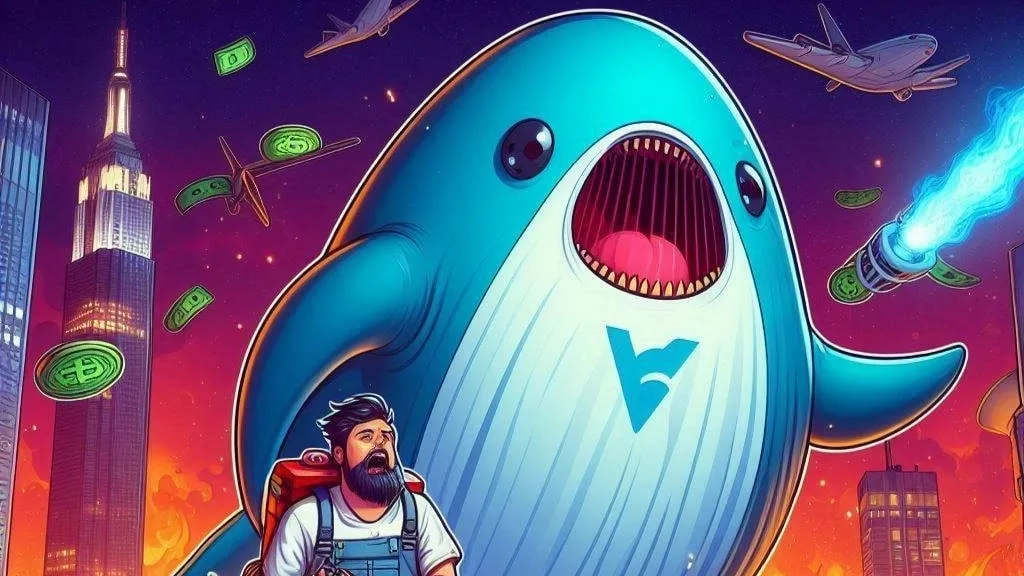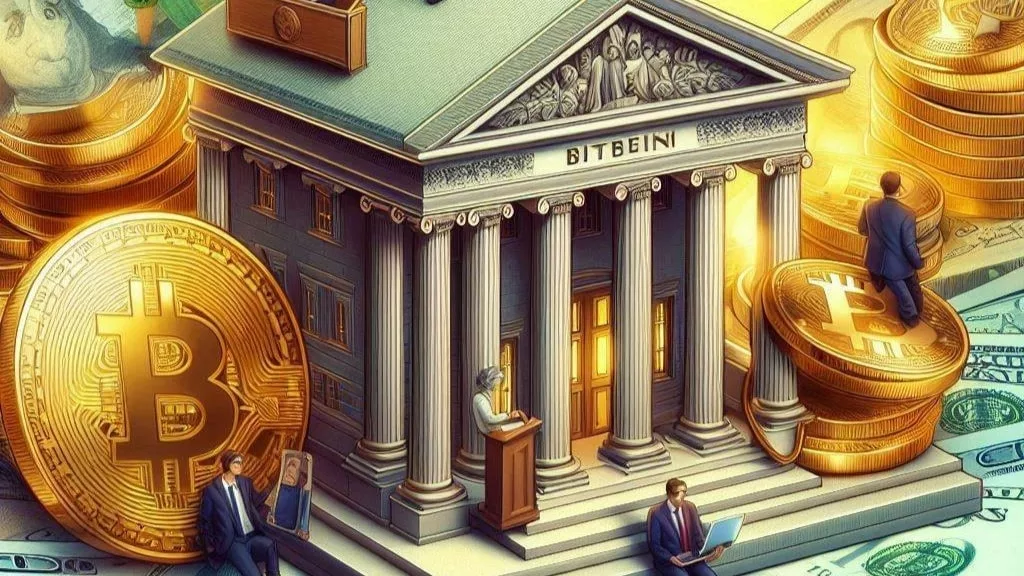
A bond with decentralized money and your money disappearing would seem abstract, at least during the 1990s or 2000s. However, the negative-yielding debt is happening and not an abstract anymore.
All investments are supposed to give you returns, but in a situation where you lend your capital and expect to receive very less of it, which does not make sense in any world. Slowly losing money is not something that makes sense.
A notorious prediction about Bitcoin was that the Bitcoin would reach a price of $1 million by 2020. This means Bitcoin should have been $94,733 by now, and therefore he is behind on his predication now by 89.8%.
One of the tweets from Cointelegraph read, “Bitcoin price dip under $10K doesn’t mean the end of a bull market.”
The leading payment processor in Brazil is beginning to accept Bitcoin.
Cielo, the biggest payment processor in Brazil, is supporting Bitcoin via 1.4 million point-of-sale devices. Users need to have an account at Uzzo or Criptohub, the Cielo’s network partners. Using this account, they will be able to send cryptocurrency to crypto devices through QR code. Beginning in October, the company will be accepting crypto payments without any point of sale device. The mobile app CieloPay will be used to develop the QR code to facilitate remote payments.
Banco do Brasil and Bradesco Bradesco, the company bankers, are backing the crypto payments offering. The competition to introduce cryptocurrency payments is heating up in Brazil.
Cryptocurrency mining facilities are established in Russia in the factories which were abandoned during the Soviet era. The big hydropower plants are a significant legacy of the USSR, and they have attracted miners by offering them cheap electricity. The energy prices are affordable, and the climate is cold, thereby attracting international mining hubs from Europe, Asia, and the US to establish their rigs in the local farms.
Most of the strategies of Bitcoin are based on Mathematics. This is also true about the 21 million hard cap supply established for Bitcoin.
Several inquires as to why the Bitcoin creator chose 21 million BTC to be the total amount of Bitcoin ever to exist.
The explanation being, “when you break down four years’ worth of blocks at six blocks per hour, there are approximately 210,000 total blocks per halving cycle.”
Several mathematical logics are proposed; however, the answer might be something different, and this can be a coincidence. The current explanation is the most convincing to date.



Get the latest Crypto & Blockchain News in your inbox.